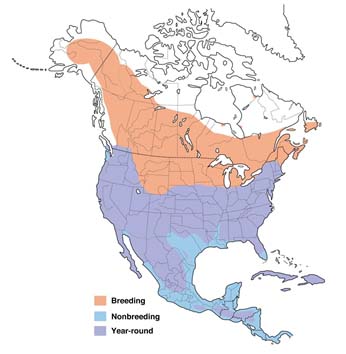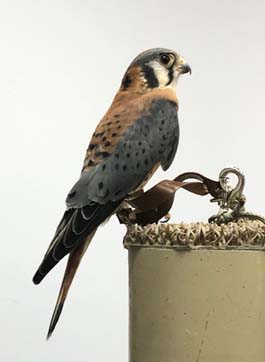The Eagle has landed! The Edgerton Explorit Center is excited to announce an addition to our Raptorology Program – a male Bald Eagle. We just received our Federal Permit to add the Eagle to our raptor program which already includes a Screech Owl, American Kestrel and a Swainson’s Hawk so we have 4 out of the 5 birds of prey categories represented. Please consider a symbolic adoption to help support our birds and programming.
Edgerton Explorit Center’s Raptorology Program
Adopt A Raptor
A symbolic raptor adoption helps to fund our raptor program by supplying food, care and medicine for our birds. All four of our raptors are male. They were all found injured and taken to Raptor Conservation Alliance for rehabilitation. None could be returned to the wild due to their injuries but will be used to help us education thousands with our Raptorology Program. All four have very different personalities and seem to already love their new “home”.
Symbolic Adoptions help with the purchase of food and provide Veterinarian care for our 4 raptors. For one month of food it costs $20 to feed the Hawk, Kestrel and Owl each. It costs $40 to feed our Bald Eagle for one month.
Your adoption comes with this certificate of Adoption with the photo of the raptor.
Adoption Levels
$25 Level
- Adoption Certificate
- 5 x 7 color photo of your adopted raptor
- Information Card
$50 Level
- Adoption Certificate
- 5 x 7 color photo of your adopted raptor
- Information Card
- Edgerton Explorit Center T-Shirt
$100 Level
- Adoption Certificate
- 5 x 7 color photo of your adopted raptor
- Information Card
- Medium Plush Stuffed Raptor
- Edgerton Explorit Center T-shirt
$250 Level
- Adoption Certificate
- 5 x 7 color photo of your adopted raptor
- Information Card
- Medium Plush Stuffed Raptor
- Edgerton Explorit Center T-shirt
- 5 passes to Edgerton Explorit Center
- Edgerton Explorit Center T-Shirt
$1,000 Level
- Adoption Certificate
- 5 x 7 color photo of your adopted raptor
- Information Card
- Medium Plush Stuffed Raptor
- Edgerton Explorit Center T-shirt
- 10 passes to Edgerton Explorit Center
- Behind the scene tour for up to 10 people
Who’s Available for Adoption
Aquila – Bald Eagle
Aquila was found near Petersburg on December 14th of 2022 with a broken wing near his wrist where the bones were exposed and dry. That meant the tip of the wing was amputated. With that type of injury Aquila was not able to return to the wild. At the time of his rescue he was four years old due to the coloring of his feathers on his head and tail.
The Bald Eagle dwarfs most other raptors, including the Turkey Vulture and Red-tailed Hawk. It has a heavy body, large head, and long, hooked bill. In flight, a Bald Eagle holds its broad wings flat like a board. Adult Bald Eagles have white heads and tails with dark brown bodies and wings. Their legs and bills are bright yellow. Immature birds have mostly dark heads and tails; their brown wings and bodies are mottled with white in varying amounts. Young birds attain adult plumage in about five years. Their nests can be 8-9 feet across and weigh over a ton. Bald Eagles scavenge many meals by harassing other birds or by eating carrion or garbage. They eat mainly fish, but also hunt mammals, gulls, and waterfowl. Look for Bald Eagles near lakes, reservoirs, rivers, marshes, and coasts.
Aquila was named by Hamilton Telecommunications. This name was chosen because of its significance to both eagles and the Edgerton Explorit Center’s other science programming which includes a portable planetarium and star shows. Aquila is the name of the constellation, Aquila – the Eagle.
Aquila was named by Hamilton Telecommunications.
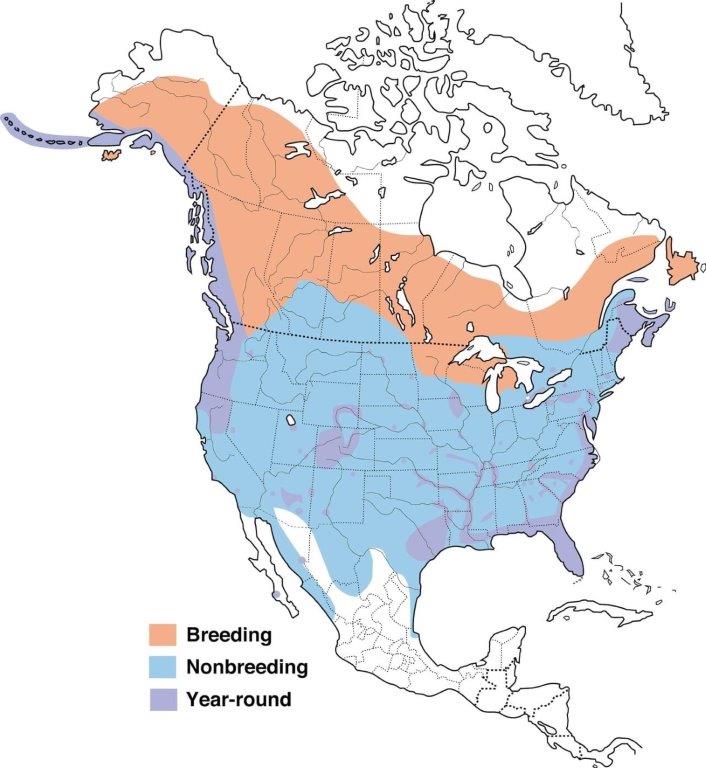
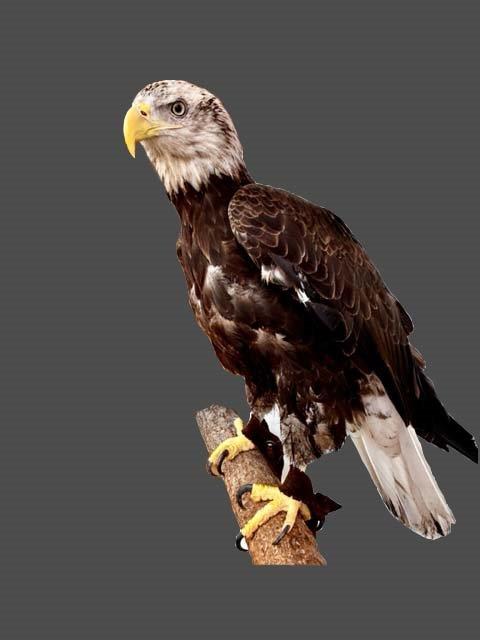
Roy – Swainson’s Hawk
Roy was found by Lake Minatar, by Scottsbluff on August of 2018. He was very thin, possibly suffering from West Nile Virus and he had a broken left wing. They eat mice and rabbit but when migrating they will switch to grasshoppers and dragonflies. They are social raptors outside of breeding season. In the fall they migrate to Argentina for the winter (one of the longest migrations of any American Raptor, around 12,000 miles round trip).
Roy was named by Pinnacle Bank.
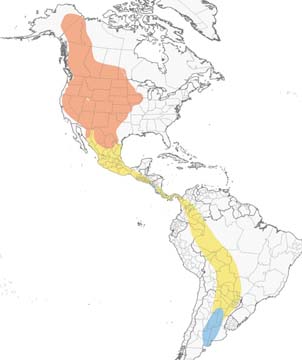
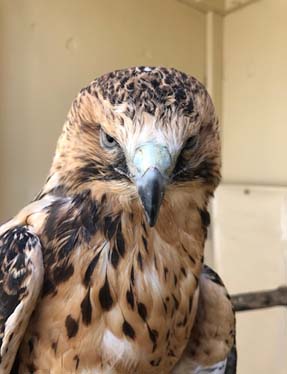
Doc – Eastern Screech Owl
He was found in Bellevue NE in Dec 2018. He had a broken Left wing that didn’t heal well and was unable to be released in the wild. They are a resident of our area and do not migrate. They live in tree cavities or nest boxes. They are active during the night and hunt at dusk or dawn. Their calls sound like a trills and whinnies. They eat small animals, birds and insects. Males are smaller than the Females and they will remain together for life. Owls regurgitate the bones and fur or feathers of their prey into an oval pellet.
Doc is named after Harrold “Doc” Edgerton who is the centers name sake.
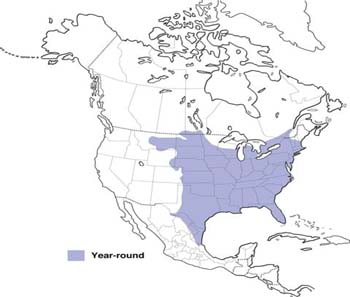
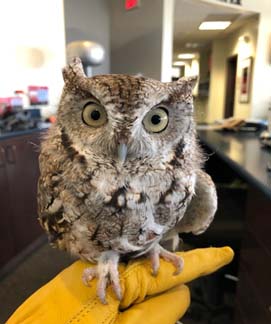
American Kestrel – Ted
He was found as a youngster in a tree that had fallen with a broken wing, which did not heal properly. They are North Americas littlest falcon and the most colorful. The black vertical stripes on their face are distinctive for all falcons. They eat small rodents along with grasshoppers, cicadas, dragonflies, spiders. They nest in cavities and ready made nest boxes. They are the most common and wide spread falcon but over the years they have been in decline because of habitat loss. They also can end up as prey for other larger birds. They can see in ultraviolet light and fly in a very fast stoop to chase their prey.
Ted was named by Edward Jones.
